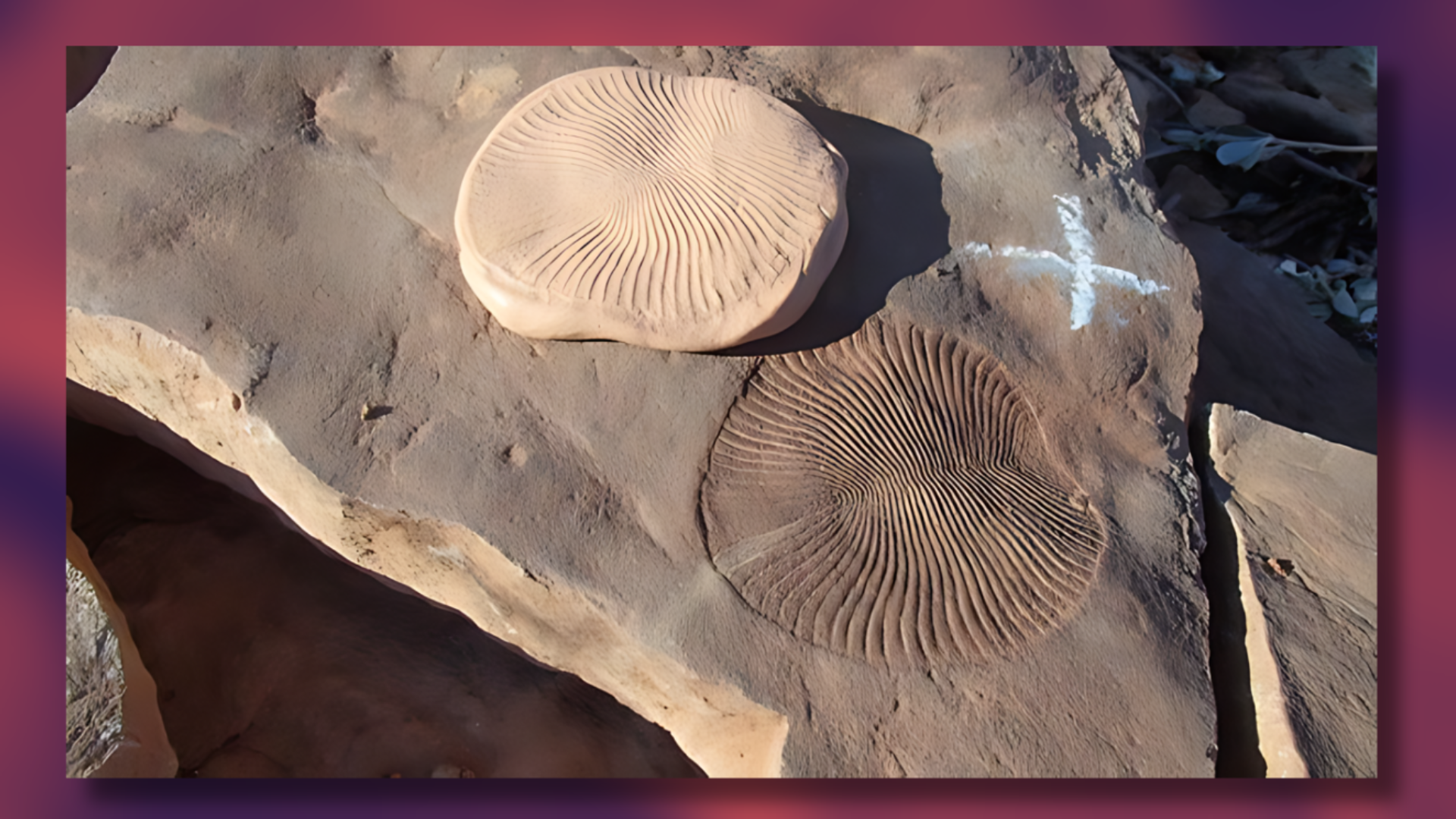Before life colonized land and started its journey as terrestrial beings, life mostly survived in oceans and other water bodies. Existence began as single-celled organisms emerged on Earth approximately 3.5 billion years ago, which was around one billion years after the formation of our planet. The tapestry of multi-cellular organisms started evolving much later about 600 million years ago.
A study that was recently published in the journal Current Biology that was led by the Natural History Museum and involved researchers from the University of Cambridge, indicated that the earliest organisms that dwelled in the oceans approximately 565 million years ago influenced the environment by blending the seawater around them.This played a vital role in shaping the environment that evolved successively afterward and contributed to the initial emergence of complex and large multi-celled organisms.
This intermixing of resources and food particles would have given rise to complex biochemistry and would have subsequently raised the levels of oxygen and triggered other chemical reactions as well. This period is coined as the Ediacaran Period. In order to conduct the research state-of-the-art computer simulations were used to examine 565 million-year-old fossils from the Ediacaran Period.

Dr. Emily Mitchell, a co-author of the report from the Department of Zoology at the University of Cambridge, conveyed her enthusiasm regarding the discoveries.
“It’s exciting to learn that the very first animals from 580 million years ago had a significant impact on their environment, despite not being able to move or swim. We’ve found they mixed up the water and enabled resources to spread more widely — potentially encouraging more evolution,” Mitchell explained.
The Ediacaran Period
The Ediacaran Period represents the final segment of the Proterozoic Eon within the Precambrian era and is the last of the three periods comprising the Neoproterozoic Era. It spans from about 635 million to 541 million years ago. This period is credited with giving birth to the very first complex multi-cellular organisms. The primary Ediacara fauna documented in the fossil record consists of a collection of peculiar soft-bodied (invertebrate) organisms that existed before the Cambrian explosion.

The beginning of the Ediacaran Period aligned with the swift withdrawal of ice sheets and glaciers linked to the Marinoan (or Varanger-Marinoan) glaciation. This glaciation started towards the conclusion of the Cryogenian Period and concluded around 635 million years ago. During this period, there were reductions in the carbon isotope ratio found in marine rocks. Atmospheric and oceanic oxygen levels increased, leading many researchers to propose that the alteration in carbon isotopes resulted from the oxidation of dissolved organic carbon within marine settings.
READ MORE : Will Ambani’s Hold Their 2nd Pre-Wedding Bash? Anant Ambani And Radhika Merchant Wedding Buzz
With the rising levels of oxygen favorable conditions were developed for the emergence and evolution of complex multi-cellular organisms.
The Cambrian Explosion
As the Ediacaran Period came to an end, it paved the way for one of the most extraordinary events in Earth’s biological history: the Cambrian Explosion. This brief period, spanning roughly from 541 to 521 million years ago, saw an unparalleled diversification of animal life, with the emergence of most major animal phyla and the formation of complex ecosystems.

The Ediacaran Period, characterized by its distinctive organisms and significant evolutionary advancements, marks a crucial transitional phase in Earth’s history.
Mistaken Point Fossils
To investigate the extent of this process in Earth’s history, the researchers examined some of the oldest known marine animal communities, which are preserved in rocks at Mistaken Point, Newfoundland, Canada. This globally celebrated fossil site, often dubbed the “Ediacaran Pompeii,” has remarkably preserved early life forms beneath a protective layer of volcanic ash.
While some of these organisms appear plant-like, detailed examinations of their anatomy and growth patterns indicate they were actually animals. The outstanding preservation of these fossils enabled scientists to construct digital models of key species, which provided the basis for additional computational analyses.
Impact On The Environment And Ecosystem
The research points towards the fact that the intermixing of these organisms with their immediate surroundings and seawater gave rise to complex biochemistry and subsequently raised the local oxygen levels.
This biological mixing could have impacted the broader environment, potentially making other areas of the sea floor more hospitable and possibly even spurring evolutionary innovation.
Dr. Imran Rahman, the lead author and Principal Researcher at the Natural History Museum, highlighted the importance of this innovative approach.
“The approach we’ve developed to study Ediacaran fossil communities is entirely new in paleontology, providing us with a powerful tool for studying how past and present marine ecosystems might shape and influence their environment,” Rahman explained.
In conclusion, the study of Ediacaran fossils at Mistaken Point has unveiled significant insights into the early interactions between marine organisms and their environment. These findings suggest that the biological mixing of these ancient organisms played a crucial role in enhancing local oxygen levels and facilitating evolutionary advancements.
This also comes amidst the fact that these early organisms were completely sedentary and had no ability to move, walk, or swim and yet influenced the very evolution that we are a product of.
This innovative research approach not only enriches our understanding of past ecosystems but also provides valuable tools for studying the dynamics of both ancient and modern marine environments. The quest to define evolution and trace the exact path through our single-celled ancestors continues, and this research has helped complete the larger puzzle by adding an important piece to it.
ALSO READ : Zomato Asks For ‘Chai?’ Amid 45 Degree Temp, Check Delhiites Humorous Reactions
















